Off-Label Prescribing Evidence Calculator
This tool helps physicians assess evidence levels for off-label drug use and understand insurance coverage implications. Select a condition and drug to get an evidence rating based on available literature.
When doctors prescribe a medication for a purpose that hasn't been cleared by regulators, they're engaging in off‑label drug use, a practice that lets clinicians stretch a drug’s reach beyond its official label. This flexibility fuels innovation, fills gaps in patient care, and sometimes creates legal headaches. Below we unpack why off‑label prescribing matters, how it fits into the law, the risks involved, and what the future may hold.
What Exactly Is Off‑Label Drug Use?
Off‑label drug use means using a pharmaceutical product in a way that differs from the FDA‑approved label. The difference can be in the condition treated, the patient’s age, the dose, or the route of administration. For example, a medication approved for adult hypertension might be given to a teenager at a lower dose for migraine prevention. The practice is legal in the United States, the European Union, and many other jurisdictions because the regulatory agencies-such as the Food and Drug Administration (FDA) in the U.S. and the European Medicines Agency (EMA) in Europe-focus on approving safety and efficacy for specific indications, not on dictating how physicians must use a drug once it hits the market.
Legal Framework and Historical Roots
The legal basis for off‑label prescribing goes back to the 1962 Kefauver‑Harris Amendments, which required drug manufacturers to prove effectiveness for each approved indication. However, the amendments stopped short of restricting doctors from using the drugs as they see fit. Courts have reinforced this separation; a 1996 Ohio decision called off‑label use a “matter of medical judgment.”
While physicians enjoy freedom, pharmaceutical companies face strict limits. They may not market a drug for an unapproved use. The consequences have been severe: in 2012, GlaxoSmithKline paid a $3 billion settlement for illegal off‑label promotion, and Pfizer paid $2.3 billion in 2012 for similar violations.
The Pediatric Research Equity Act of 2003 gave the FDA the power to require pediatric studies when an adult drug is likely to be used in children, addressing the historic lack of pediatric labeling.
How Common Is Off‑Label Prescribing?
Estimates suggest that about 20 % of all prescriptions in the U.S. are off‑label. The rate spikes in certain specialties: psychiatry sees roughly 31 % of its prescriptions off‑label, while pediatric care climbs to 62 % based on office‑visit data from 2001‑2004. Oncology is even higher-up to 85 % of cancer drugs are used off‑label at some point, often because tumor biology cuts across traditional disease categories.
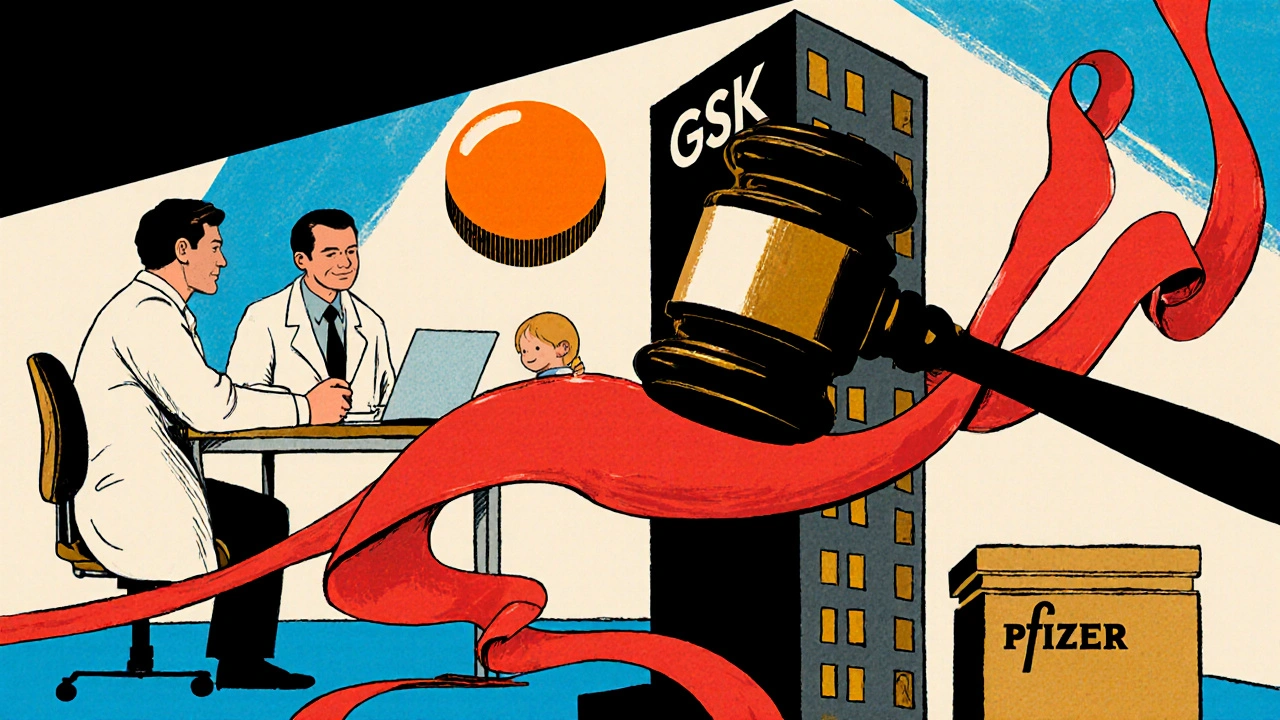
Why Clinicians Reach Beyond the Label
Three main forces drive off‑label use:
- Unmet medical need. When no approved therapy exists, a drug with a known mechanism may be the only option. In pediatric oncology, for example, methotrexate-originally approved for leukemia-has become a workhorse for many solid tumors.
- Scientific evidence. Peer‑reviewed studies, systematic reviews, or real‑world data can demonstrate benefit for a new indication. The American Medical Association advises that off‑label use is appropriate when backed by solid evidence.
- Clinical judgment. Physicians weigh risk versus benefit for an individual patient, sometimes opting for an off‑label dose or route that better fits the patient’s condition.
Advantages vs. Disadvantages
| Advantages | Disadvantages |
|---|---|
| Expands treatment options for rare or refractory diseases | Limited high‑quality evidence can increase safety uncertainties |
| Can reduce time to therapeutic use compared to formal label expansion | Insurance payors may deny coverage, leading to treatment delays |
| Facilitates rapid innovation and personalized medicine | Manufacturers cannot market the use, limiting clinician awareness of emerging data |
| Allows clinicians to use existing drugs for new mechanisms (e.g., immunomodulation) | Legal liability concerns if adverse events occur without robust data |
The table shows why off‑label prescribing is both a lifeline and a gamble. Understanding both sides helps doctors make informed choices.
Real‑World Examples
Methotrexate was first approved for leukemia and psoriasis. Over time, rheumatologists adopted it for rheumatoid arthritis, a use now backed by large clinical trials. Conversely, the weight‑loss combo Fen‑Phen was prescribed off‑label for obesity before a wave of heart valve injuries forced its withdrawal.
In oncology, vincristine is given off‑label at weekly intervals for certain sarcomas, improving survival but requiring prior authorization each time. In psychiatry, atypical antipsychotics are often used off‑label for insomnia, yet patients sometimes suffer metabolic side effects that weren’t highlighted in the original labeling.
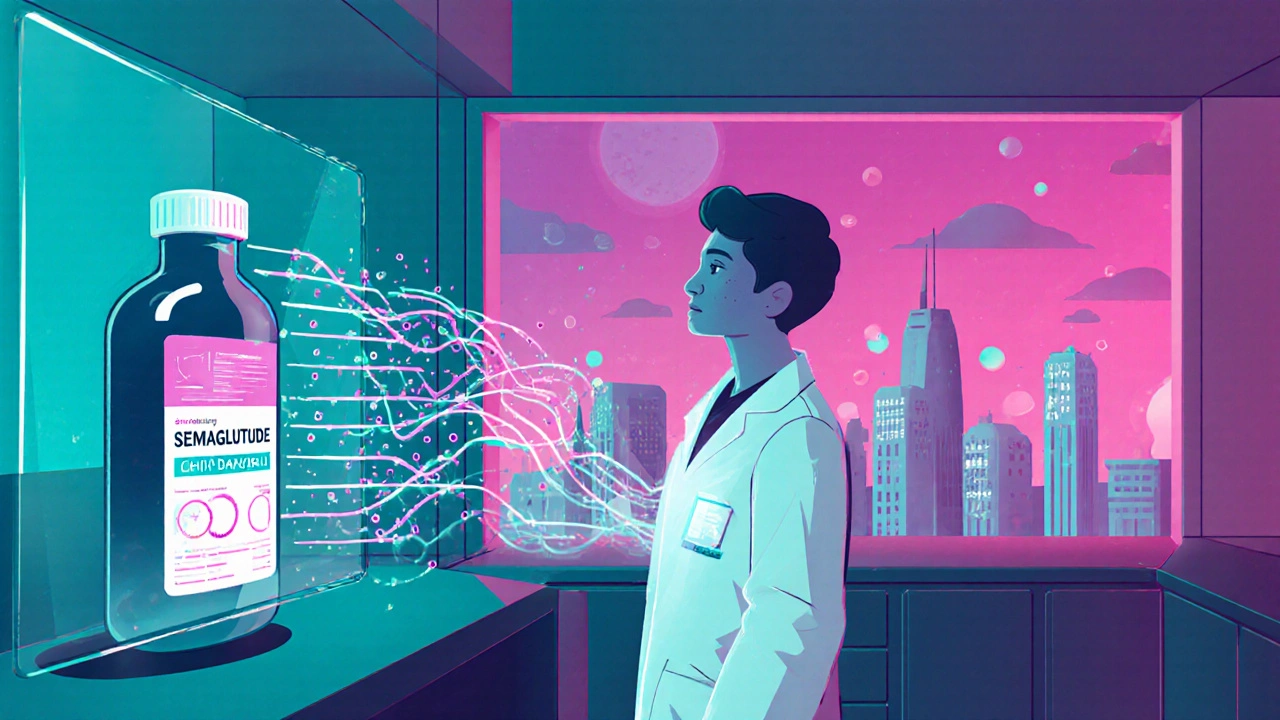
Practical Steps: Documentation, Evidence, and Insurance
When deciding on an off‑label prescription, clinicians should follow a four‑step checklist:
- Assess evidence. Look for systematic reviews, guideline recommendations (e.g., National Comprehensive Cancer Network (NCCN) compendia), or reputable databases like the Off‑Patent Drugs Database.
- Document rationale. Write a concise note stating the condition, why the off‑label drug is chosen, and cite supporting literature. The American Medical Association recommends this to protect against liability.
- Check payer criteria. Many insurers, such as UnitedHealthcare, require that the off‑label use be listed in a recognized compendium, published in a peer‑reviewed journal, or have FDA‑approved labeling for a similar indication.
- Plan for follow‑up. Arrange monitoring for adverse events and be ready to adjust therapy if new data emerge.
On average, physicians spend about 27 minutes per patient researching off‑label options, and insurance prior‑authorization can add 3-5 business days before the medication arrives.
Future Directions: Real‑World Evidence and Regulatory Evolution
The FDA’s 2023 draft guidance on real‑world evidence (RWE) aims to streamline label expansions by accepting data from electronic health records and patient registries. If successful, the reliance on off‑label prescribing may shrink in areas where solid RWE exists, such as the expanding use of semaglutide (Ozempic) for weight loss. However, experts like Dr. Robert Califf caution that off‑label use will remain vital for rare diseases and oncology, where traditional trial enrollment is challenging.
Industry analysts predict that 18‑22 % of prescriptions will still be off‑label by 2030. The push for better evidence generation, combined with stricter enforcement against illegal promotion, should make off‑label use safer, but not eliminate it.
Key Takeaways
- Off‑label drug use is legal, common, and often essential for patients lacking approved therapies.
- Physicians must balance scientific evidence, patient safety, and insurance requirements.
- Regulators are moving toward using real‑world data to formalize successful off‑label practices.
Is off‑label prescribing illegal?
No. Once a drug is FDA‑approved, doctors may prescribe it for any condition they deem medically appropriate. The restriction applies only to manufacturers, who cannot market the drug for unapproved uses.
How can I know if an off‑label use is backed by evidence?
Check peer‑reviewed journals, systematic reviews, and guideline compendia such as NCCN or DRUGDEX. Databases like the Off‑Patent Drugs Database rate the quality of evidence for common off‑label indications.
Will my insurance cover an off‑label prescription?
Coverage varies. Most payors require that the off‑label use be supported by strong evidence, appear in a recognized compendium, or have prior authorization. Documenting the clinical rationale improves the chance of approval.
What are the biggest risks of off‑label prescribing?
The main risks are unknown safety profiles, limited efficacy data, and potential insurance denials. Adverse events may be harder to attribute to the drug when the indication isn’t formally studied.
Can real‑world evidence replace clinical trials for label expansion?
The FDA is moving toward accepting robust real‑world data, especially for rare diseases and oncology. While it won’t fully replace randomized trials, it can accelerate label expansions when the data are high quality.

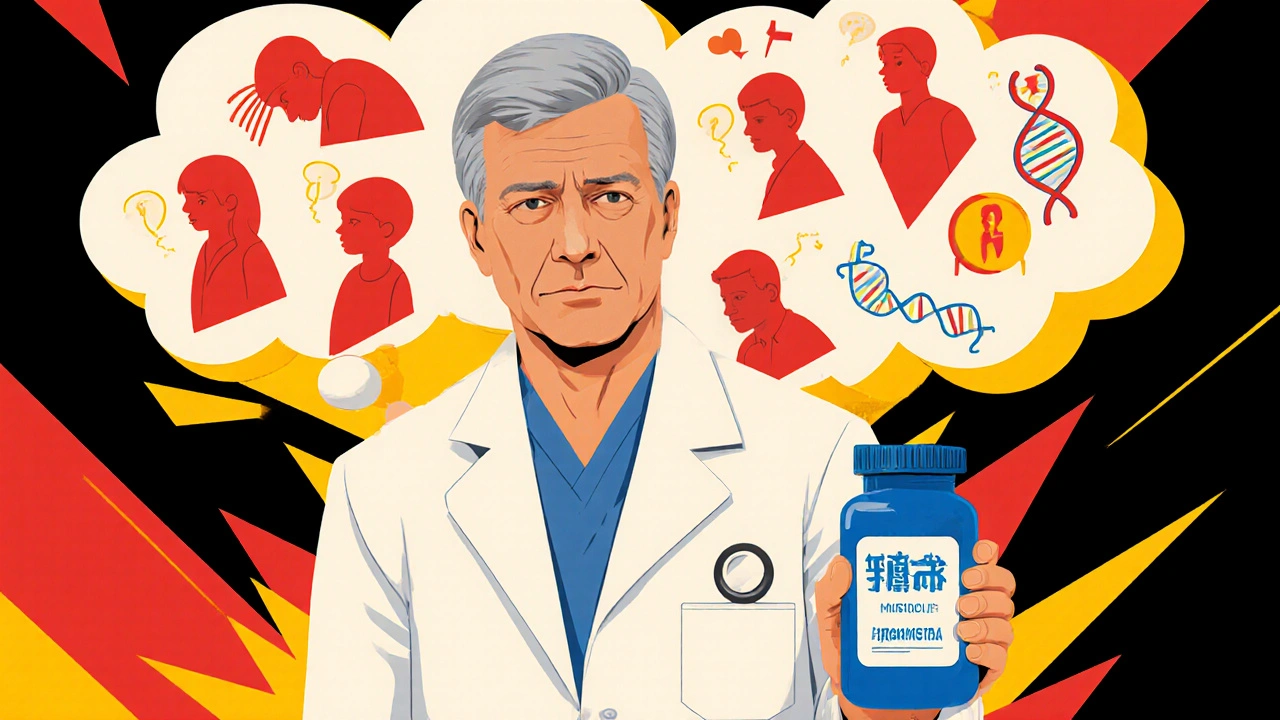
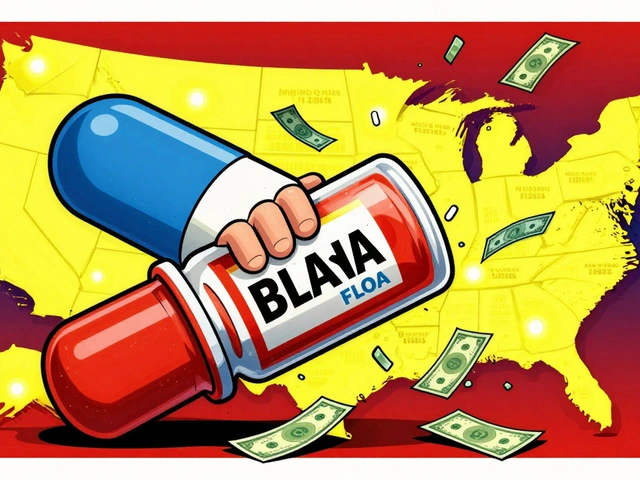
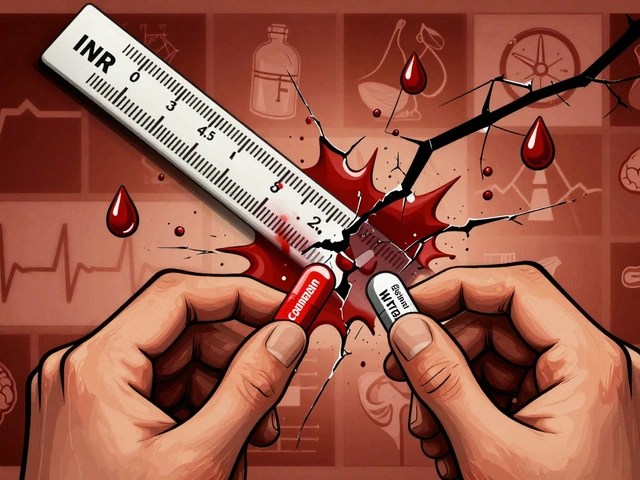
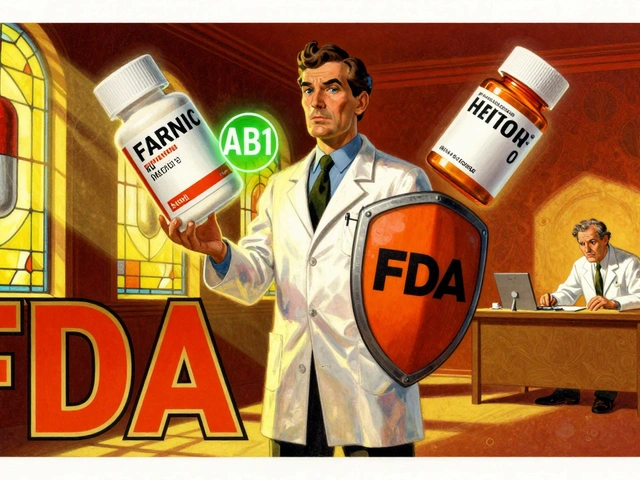
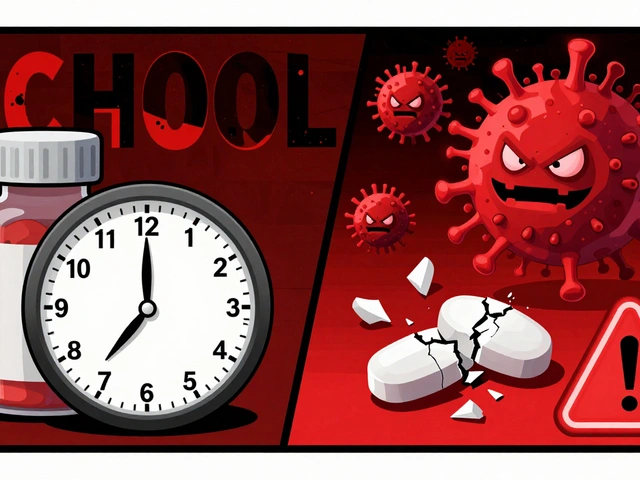
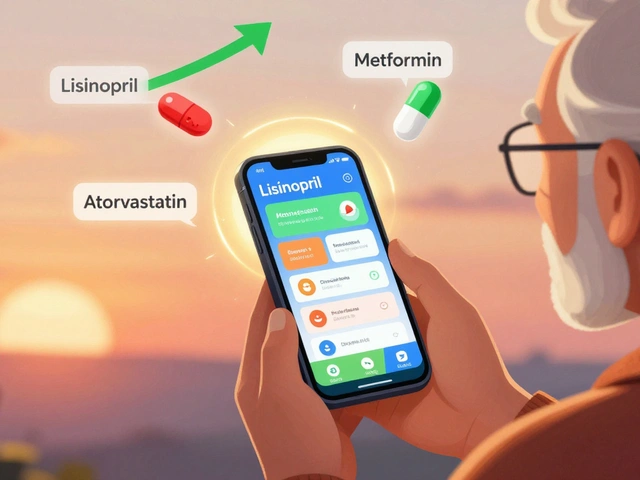
Erin Leach
October 26, 2025 AT 15:06It's reassuring to see how many clinicians rely on off‑label uses when standard options fall short. The flexibility can genuinely save lives, especially in pediatric and oncology settings. Still, the documentation burden and insurance hurdles can be exhausting for both doctors and patients.
Jacqui Bryant
October 26, 2025 AT 15:26Totally agree, the extra paperwork can feel like a marathon. Finding solid evidence before prescribing makes the whole process worth it.
Paul Luxford
October 26, 2025 AT 15:46From a risk‑management perspective, having a clear rationale in the chart protects both the physician and the institution. Citing peer‑reviewed studies or guideline compendia adds credibility. Moreover, it helps insurers see that the off‑label use is evidence‑based. Ultimately, patient safety remains the top priority, and thorough documentation is a key part of that.
Nic Floyd
October 26, 2025 AT 16:06🔬 Off‑label prescribing is essentially an application of pharmacodynamics knowledge to real‑world scenarios 📊 it bridges the gap between trial data and individual patient needs 🚀
Manoj Kumar
October 26, 2025 AT 16:26Sure, because why would regulators bother with anything beyond their control?
Hershel Lilly
October 26, 2025 AT 16:46When evaluating an off‑label option, it’s useful to check if the indication appears in a recognized compendium such as NCCN or DRUGDEX. That can streamline prior‑authorization requests and reduce delays. Also, monitoring patients closely after initiation can catch any unexpected adverse events early.
Carla Smalls
October 26, 2025 AT 17:06Staying optimistic helps patients feel supported during these gray‑area treatments. A well‑documented plan can also reassure families.
Monika Pardon
October 26, 2025 AT 17:26One must contemplate whether the purported benefits of off‑label usage are not merely a façade erected by pharmaceutical interests eager to circumvent regulatory scrutiny. It is, indeed, a paradox that the very agents tasked with safeguarding public health occasionally become enablers of unverified therapeutic ventures. Nonetheless, the empirical data, albeit limited, sometimes illuminate pathways unattainable through conventional channels. In such circumstances, a judicious clinician might deem the calculated risk acceptable. However, one should remain vigilant of the underlying agendas that may influence prescribing habits.
Rhea Lesandra
October 26, 2025 AT 17:46Off‑label prescribing, while legal, operates within a delicate balance of innovation and caution. Physicians turn to it when approved therapies simply do not exist for a particular condition, especially in rare diseases. The practice is supported by a growing body of peer‑reviewed literature that demonstrates efficacy in contexts outside the original label. Real‑world evidence, drawn from electronic health records, increasingly informs these decisions. Regulatory agencies are beginning to recognize such data, offering pathways for formal label expansion. Yet, the lack of large‑scale randomized trials can leave clinicians navigating uncertainty. Insurance companies often request documentation that cites reputable guidelines or compendia. Proper documentation not only facilitates reimbursement but also protects clinicians from legal liability. Monitoring patients for adverse effects is essential, as safety profiles may differ in the off‑label population. Collaborative discussions with multidisciplinary teams can enhance decision‑making and ensure comprehensive care. Educating patients about the rationale and potential risks fosters trust and shared decision‑making. While some critics argue that off‑label use may be driven by profit motives, many cases stem from genuine unmet medical needs. The future likely holds a more integrated approach where real‑world data accelerate formal approvals. Nonetheless, clinicians must remain vigilant, balancing enthusiasm for new applications with rigorous assessment of evidence. Ultimately, the goal remains unchanged: to provide the best possible outcomes for patients when conventional options fall short.
Jennyfer Collin
October 26, 2025 AT 18:06It is quite unsettling how often insurance policies appear arbitrarily designed to obstruct off‑label therapies, especially when peer‑reviewed studies substantiate their efficacy 😐.
Tim Waghorn
October 26, 2025 AT 18:26According to the latest guidelines, the inclusion of off‑label prescriptions in clinical protocols requires explicit justification and reference to authoritative sources. This procedural rigor ensures compliance with both ethical standards and legal frameworks. Consequently, practitioners should maintain meticulous records to support their clinical judgments.